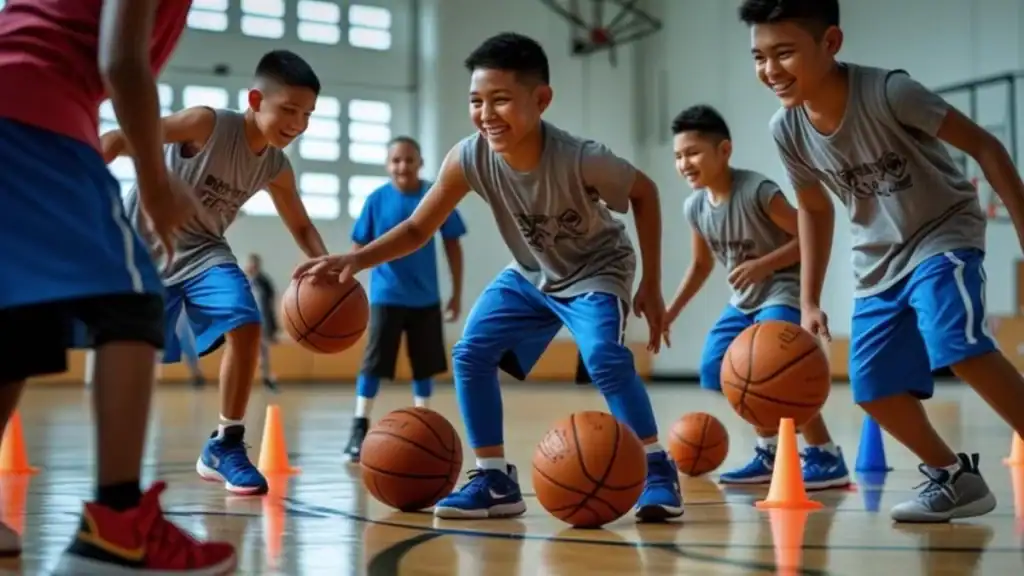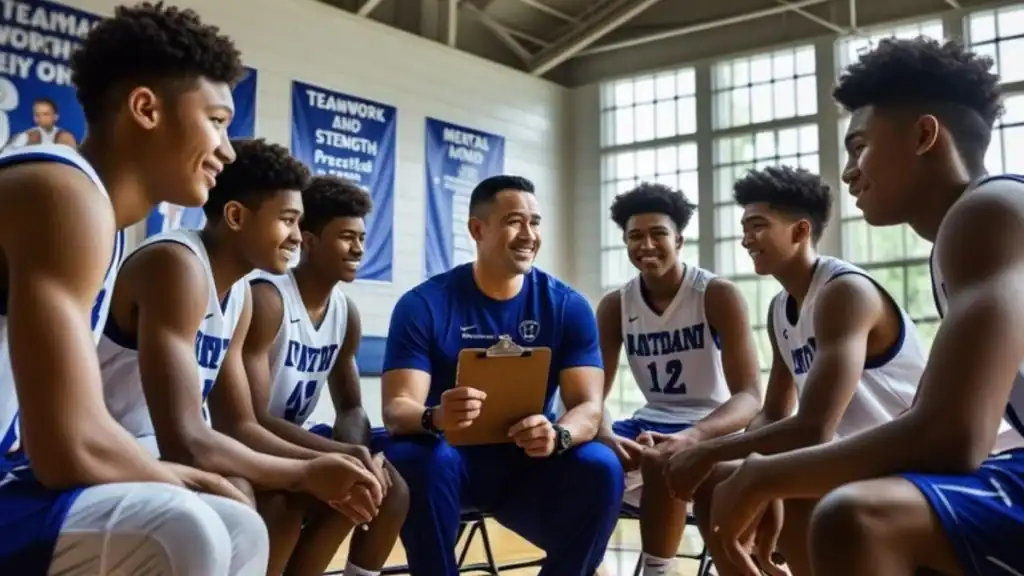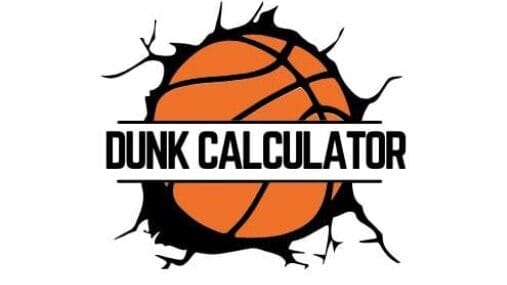Basketball training for kids is more than just learning how to shoot a ball—it’s about building confidence, developing coordination, and having fun while staying active. Whether you’re coaching a group of beginners or helping your child practice at home, the right approach can make a huge difference.
Fun basketball drills for kids at home help keep young players motivated and engaged. Basketball fundamentals for children such as dribbling, passing, and shooting should always be taught with patience and creativity. With the right mix of age-appropriate basketball drills and positive encouragement, kids can build a strong foundation. Let’s explore how to make basketball training for beginners both effective and enjoyable.
How to Start Coaching Youth Basketball the Right Way
Starting as a youth basketball coach can be exciting and overwhelming. First, make sure you complete any required background checks and certifications. In the USA, organizations like USA Basketball and Jr. NBA offer great tools to help. Learn how to teach basketball to kids by studying effective youth coaching methods that focus on safety, growth, and fun.

A strong foundation is key. Set expectations early, keep things simple, and prioritize teamwork. Begin with basic rules and basketball fundamentals for children. Talk to parents about the team’s goals. Your job isn’t just to coach—it’s to help kids grow as players and people.
Essential Warm-Up Drills to Prepare Young Players
Every practice should start with basketball warm-up drills that get kids moving. These drills increase heart rate, prevent injury, and get the brain focused. Use dynamic stretches, jogging, shuffles, and jumping to activate muscles. Add cone drills to warm up feet and improve coordination.
To keep it fun, use fun basketball drills for kids at home like high knees, defensive slides, or jump stops. Always use age-appropriate basketball drills during warm-ups. These short drills should last 5 to 10 minutes and ease players into practice.
Skill-Building Basketball Drills for Kids (Ages 7–14)
Young players need solid skills. Focus on basketball training for beginners like shooting, dribbling, passing, and defense. Use drills for 7–10 year olds to teach control and direction. As they get older, add speed and decision-making into the drill setup.
Teach with small group basketball drills such as stations. Rotate through footwork drills in basketball, layup drills for kids, and passing drills for youth. Try setting up a simple table like this to track their skill focus:
| Age Group | Focus Skills |
| 7–9 | Ball control, layups, passing |
| 10–12 | Shooting form, defense, teamwork |
| 13–14 | Game speed, strategy, confidence |
Competitive and Fun Games to Boost Engagement
Kids learn best when they’re having fun. Include youth basketball competition games in every session. These should mix fun with pressure to perform. Games like “Dribble Tag,” “Sharks and Minnows,” and “Relay Races” build speed and laughter.

Make your sessions interactive. Using games to teach basketball helps kids think fast. Add 1v1 basketball drills and competitive basketball drills to improve their game under pressure. Let them cheer each other on. It builds team energy.
Full Youth Basketball Practice Plans for Every Level
Creating structured basketball practice plans saves time and keeps practices focused. Each age group needs a different plan. Younger players need short practices (45–60 mins), while older kids can handle up to 90 minutes.
Every plan should include warm-ups, skill development for young athletes, drills, team play, and a cool-down. Here’s an example of a training plan for 5th grade basketball:
| Time | Activity |
| 0–10 mins | Warm-up / Movement drills |
| 10–25 mins | Ball handling + layups |
| 25–40 mins | Shooting + passing drills |
| 40–55 mins | Team play (scrimmage) |
| 55–60 mins | Cool-down + group talk |
How to Customize Drills by Age & Skill Level
You must adjust drills for different age groups. Younger kids need simpler actions. Older players can handle complex strategies. Always focus on modifying drills for skill levels to match your players’ needs.
Use basketball drills with cones to scale up difficulty. Add defenders for advanced kids or simplify for beginners. Practice drills with defenders improve reactions, while beginners need more time to learn the basics. A flexible coach creates a successful team.
Mental Wellness and Team Values On & Off the Court
Basketball is more than scoring. Coaches must build strong minds. Teach build confidence in young players with praise and patience. Talk about teamwork, honesty, and effort, not just points.

Focus on respect, mindset, and leadership. Use quotes, stories, or simple chats after practice to promote values. These lessons help kids grow both on and off the court.
Tracking Player Progress with a Skills Checklist
Monitoring growth shows how your players improve. Create a youth basketball player progression chart to track basics. Include beginner footwork and pivot drills, shooting, and defense.
Track weekly changes. Use a table or checklist like this:
| Skill | Week 1 | Week 4 | Week 8 |
| Dribbling (both) | ✓ | ✓✓ | ✓✓✓ |
| Layups (both) | ✓ | ✓✓ | ✓✓✓ |
| Defense stance | ✓ | ✓✓ | ✓✓✓ |
Keep the kids involved in their own tracking. It boosts responsibility and confidence
Top Youth Coaching Resources & Tools
Use tools that save time and make coaching easier. Free platforms like Mojo App and USA Basketball Coach Tools provide downloadable plans. YouTube channels also show fun basketball drills for 8 year olds and game setups.
Invest in basketball training for beginners gear like cones, mini-hoops, and lightweight balls. Stay connected with online forums or local leagues for new ideas and support.
Final Thoughts
This complete youth basketball coaching guide is designed to help coaches teach the game the right way. Whether you’re new to coaching or a returning volunteer, you now have everything—from beginner basketball drills to middle school basketball training strategies.
Stay consistent, stay positive, and always put the kids first. That’s how you win—on and off the court.
Want free PDFs of our basketball practice plans or more basketball coaching tips? Drop your email or visit our tools section.
FAQS
Q: What age should kids start training for basketball?
Kids can start basic basketball training as early as age 5, focusing on fun, movement, and coordination.
Q: How to train your kid for basketball?
Use simple drills, short sessions, and fun games to teach fundamentals like dribbling, passing, and shooting.
Q: What should a 7 year old be able to do in basketball?
At age 7, kids should dribble with control, make short passes, shoot close to the basket, and understand basic rules.
Q: How can a 12 year old get better at basketball?
A 12-year-old can improve by practicing daily, joining team play, and working on ball handling, shooting form, and defense.

